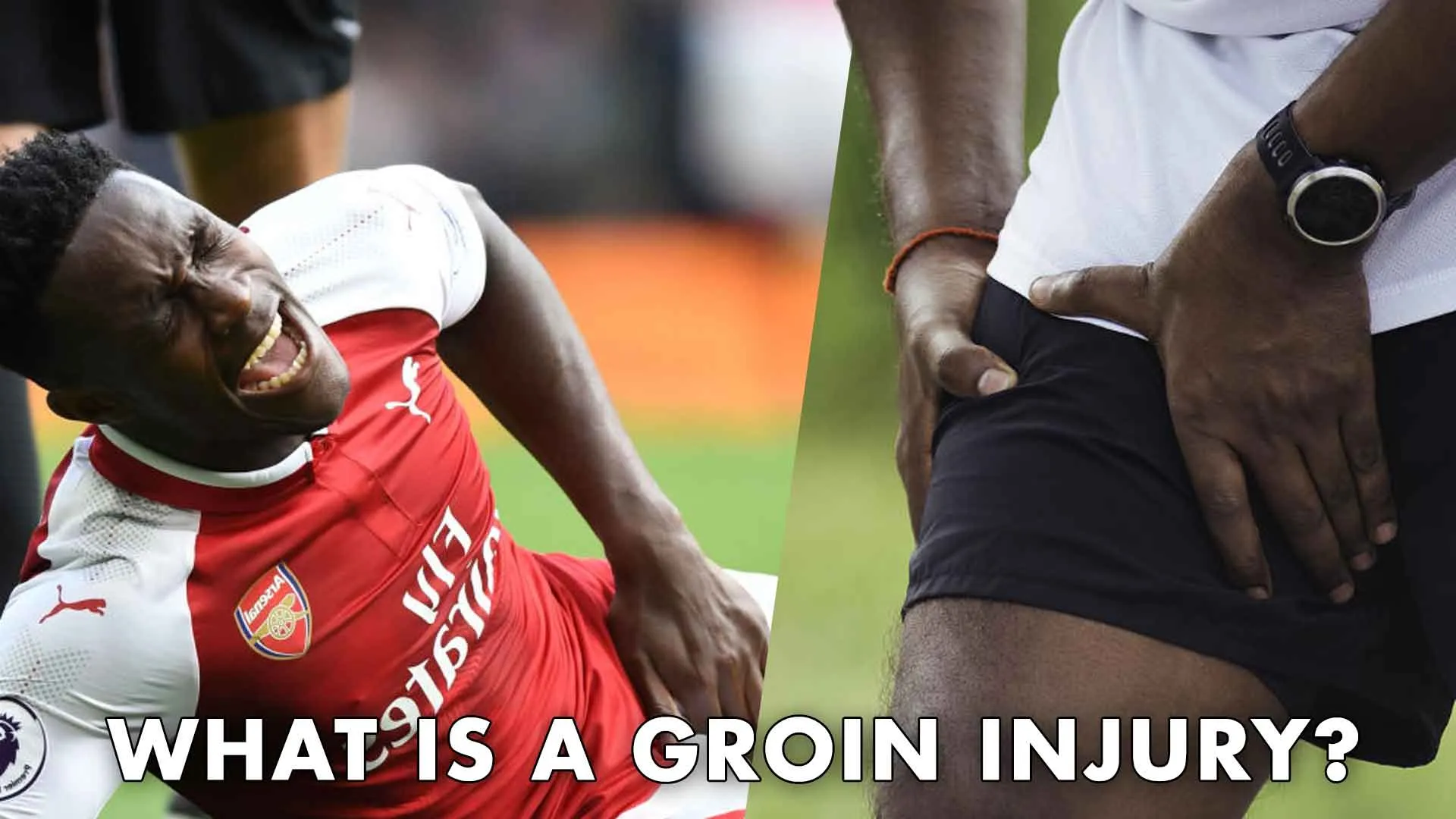
In the realm of physical activity and sports, injuries can often sideline even the most dedicated athletes. Among these, groin injury is particularly common and can significantly impact performance and mobility. These injuries typically involve strains or tears to the muscles in the inner thigh, leading to discomfort and limitations in movement.
Table of Content:-
To get more clarity, we reached out to Dr. Rahul Kumar, Head of Department - Orthopaedics, Trauma, Spine and Sports Injury, MASSH-MANAS Super Speciality Hospital, New Delhi. The expert detailed understanding of a groin injury, how they occur, what symptoms to watch for, and effective recovery strategies that can empower individuals to manage their health better and return to their activities with confidence.
What Is A Groin Injury?

A groin injury happens when the muscles on the inside of your thighs, called adductor muscles, get stretched too much or torn. These muscles connect your pelvis to your thigh bone and help move your leg inward and keep it steady. According to Dr Rahul Kumar, this type of injury can cause pain and make it hard to move your leg properly. Groin injuries are common in sports and can happen during activities like running, kicking, or lifting heavy things.
What Are The Causes of Groin Injury?
Groin injury can happen for several reasons, especially during physical activities. Dr Rahul Kumar explains that they often occur when the muscles in the inner thigh are overworked or stretched too much. Here are some common causes.
- Repetitive Activities: Doing activities like running or jumping repeatedly can strain the adductor muscles in the groin.
- Sports: Playing sports such as football, basketball, or athletics, which involve kicking, jumping, or stretching, can lead to a groin injury.
- Poor Nutrition: Not getting enough nutrients can weaken muscles, including the glutes and feet, making groin injury more likely.
- Lack of Stretching: Failing to stretch properly before exercising or lifting weights can increase the risk of injury.
- Inadequate Warm-up: It is essential to warm up your muscles before engaging in intense activities to prevent injuries.
- Accidents: Sometimes, groin injury occurs due to unfortunate accidents or falls.
What Are Symptoms of Groin Injury?
The symptoms of a groin injury mostly include the following.
- Pain: You may feel pain in the inner thigh area.
- Swelling and Bruising: The affected area might swell and show bruising.
- Difficulty Moving: You may have trouble moving your leg or walking.
- Sensitivity or Tenderness: The injured area may be sensitive to touch or feel tender.
Additionally, you might experience pain during activities such as walking or running.
ALSO READ: Nitish Kumar Reddy Once Suffered From Sports Hernia, What Is This Medical Condition
How Long Does It Take for a Groin Injury to Heal?
According to Dr. Rahul Kumar, the healing time for a groin injury varies based on its severity:
- Mild Strains: These typically take about 1 to 2 weeks to heal.
- Moderate Strains: Recovery may take around 3 to 6 weeks.
- Severe Strains: In this case, healing can take several months.
Overall, the recovery timeline can differ for each individual depending on factors like overall fitness and adherence to treatment protocols.
Can Shoes Cause Groin Pain?

Dr. Rahul Kumar confirms that shoes can contribute to groin pain, especially those with poor arch support. He emphasises the importance of wearing proper sports shoes during intense activities, as inadequate footwear can lead to misalignment and increased stress on the groin muscles. Choosing the right shoes is essential for preventing injuries and maintaining comfort during physical activities.
How to Tell If the Groin Is Pulled or Torn?
Dr. Rahul Kumar explains that a pulled groin typically involves milder pain, stiffness, and some swelling. In contrast, a torn groin is characterized by severe pain, visible bruising, and a popping sensation during movement.
What Are A Few Exercises for Groin Strain?
According to our expert, here are some effective exercises for managing a groin strain.
- Adductor Stretches: Help stretch and strengthen the inner thigh muscles.
- Seated Butterfly Stretch: A gentle stretch to improve flexibility in the groin area.
- Side-Lying Leg Raises: Target the adductor muscles to build strength.
- Glute Bridges: Strengthen the glutes and support hip stability.
- Balance Exercises: Enhance stability and coordination, which can aid recovery.
How to Sleep With a Groin Injury?
If you have a groin injury, it's best to sleep on your back. Dr. Rahul Kumar recommends placing a pillow under your knees and between your legs for added support. This position helps reduce pressure on the groin area and promotes comfort during sleep.
ALSO READ: Anushka Sharma On Virat Kohli’s Fitness Regime: “Sleep Is Non-Negotiable”
Treatments Of Groin Injury
Groin/adductor strain early restoration:
— Danny Foley (@danny_ruderock) October 17, 2023
•Vibrational therapy
•Manual therapy
•Decompression (cupping)
•Compression (flossing)
•Restore isolated strength
•Reintegrate injured area back to body
⬇️⬇️ pic.twitter.com/1pgW9lFeYn
Our expert emphasises that resting your muscles is crucial when dealing with a groin injury. Physical therapy can also be beneficial in helping the muscles recover and regain strength. Applying ice packs to the affected area can reduce swelling, while prescribed painkillers may help alleviate significant pain. Following these treatments can support your recovery process effectively. However, in severe cases, such as complete tears or chronic injuries, surgical intervention may be necessary to repair damaged muscles or tendons.
Takeaway
A groin injury can be painful and limiting, but with proper treatment and care, recovery is achievable. Resting the affected muscles and seeking physical therapy are essential steps in the healing process. By understanding the causes and implementing effective treatment strategies, individuals can return to their activities safely and reduce the risk of future injuries.
Also watch this video
How we keep this article up to date:
We work with experts and keep a close eye on the latest in health and wellness. Whenever there is a new research or helpful information, we update our articles with accurate and useful advice.
Current Version